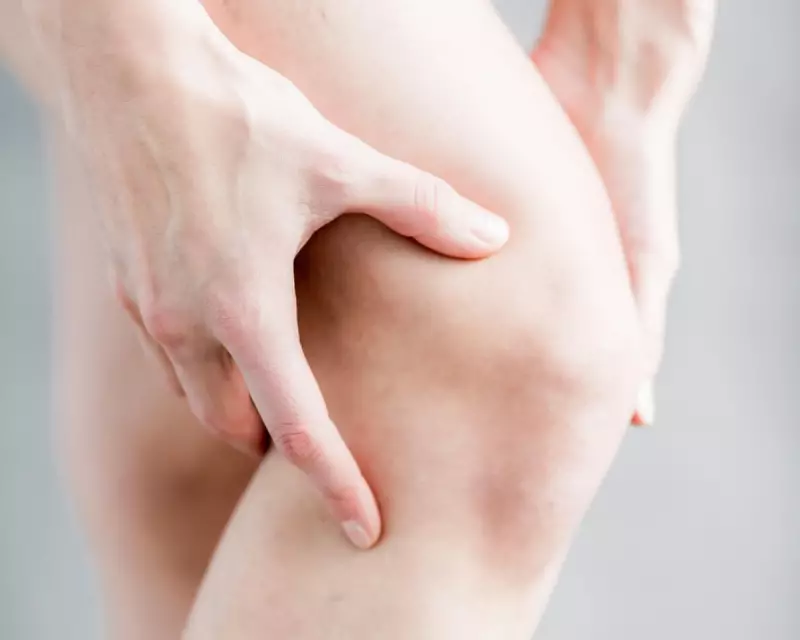
New research backed by the NHS has revealed a remarkably simple solution to one of Britain's most common health complaints: just two hours of moderate exercise per week can dramatically reduce joint pain and improve mobility.
The Life-Changing Findings
A comprehensive study involving thousands of patients across England has demonstrated that regular, moderate physical activity provides significant relief from persistent joint discomfort. The research, which analysed data from GP practices nationwide, offers hope to the millions of Britons who struggle with daily pain that limits their activities and quality of life.
How Little Exercise Makes a Big Difference
The magic number appears to be 120 minutes - that's all it takes to see measurable improvements. Participants who maintained this level of activity reported:
- Reduced pain intensity during daily activities
- Improved joint flexibility and mobility
- Better overall physical function
- Enhanced quality of life measures
A Potential Game-Changer for NHS Resources
With joint pain accounting for millions of GP consultations annually, these findings could significantly impact how the health service manages one of its most common patient complaints. The research suggests that exercise could serve as a powerful first-line treatment, potentially reducing reliance on pain medication and specialist referrals.
What Counts as Moderate Exercise?
Researchers emphasised that the exercise doesn't need to be strenuous or require gym membership. Effective activities include:
- Brisk walking
- Cycling at a moderate pace
- Swimming or water aerobics
- Gardening and DIY activities
- Dance or exercise classes
The key is consistency rather than intensity, with the two hours spread across the week in manageable sessions.
Expert Opinion on the Breakthrough
Medical professionals have welcomed the findings as particularly significant given the accessibility of the recommended approach. This isn't about running marathons or intense training - it's about incorporating manageable movement into daily routines, making it achievable for people of all fitness levels and ages.
The research underscores that even small increases in physical activity can yield substantial benefits for joint health, offering a practical, cost-effective strategy that individuals can implement immediately without waiting for medical appointments or interventions.





